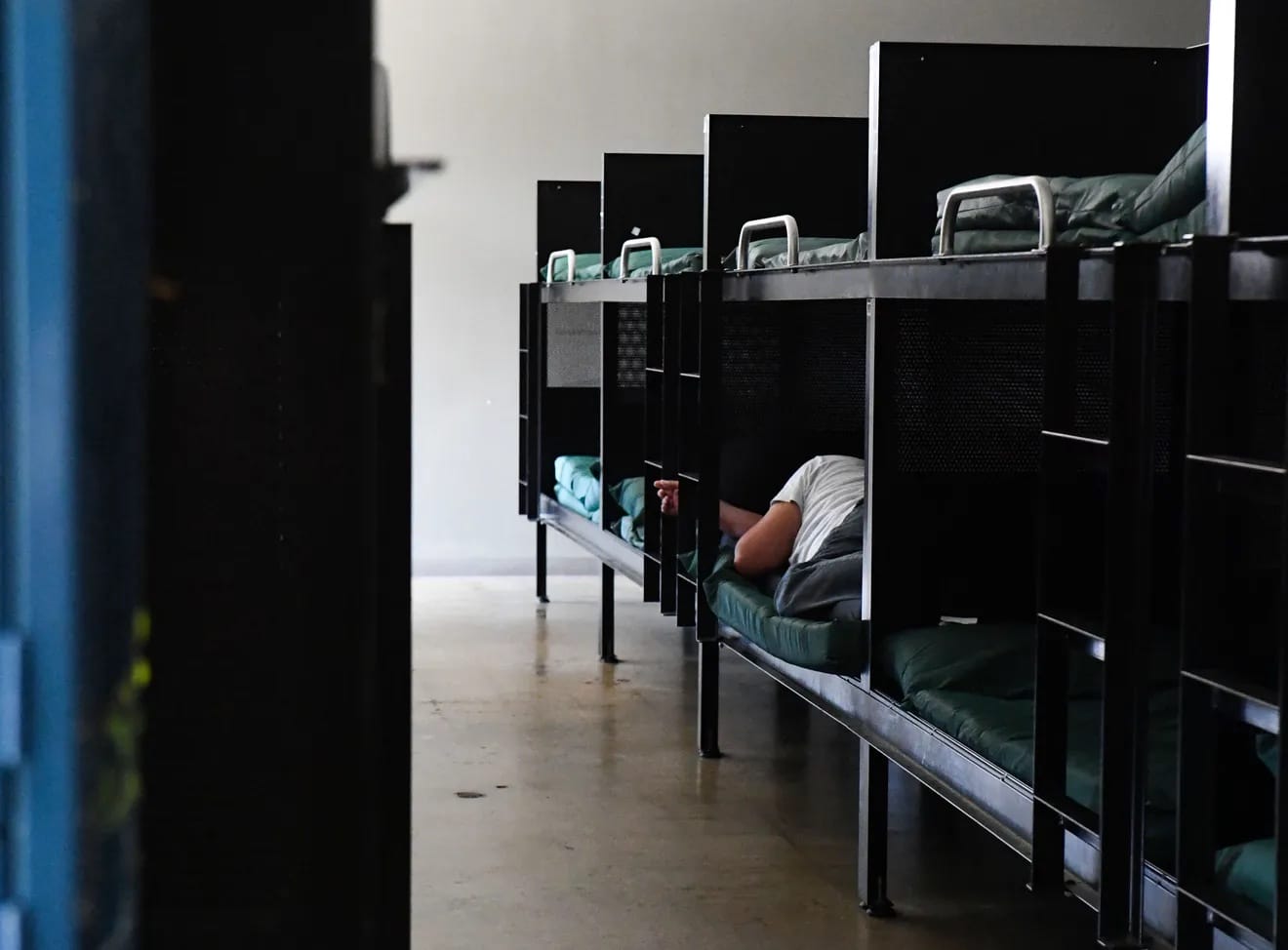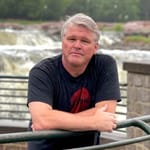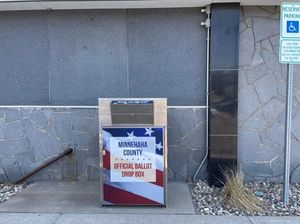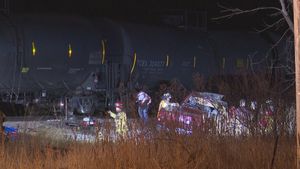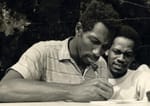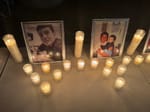Sioux Falls could see its first “street outreach” teams working with the city’s homeless population as early as May, with a local organization following an intervention model being used in Rapid City and larger metro areas nationally.
The street outreach strategy uses teams of trained individuals to identify and interact with vulnerable people in the community and try to get them the help they need, taking some of that responsibility away from law enforcement.
“We’re getting ready to get up and going,” said Michaela Seiber, CEO of South Dakota Urban Indian Health, which presented its plan to downtown business leaders and will hold public information meetings at its downtown Sioux Falls office.
“The best way to stop all those law enforcement interactions from happening is to be more engaged with (people in need) on the street.”
Newsletter: Get the latest stories from SD News Watch in your inbox
The group’s Wo’Okiye Project (“to help” in Lakota) will start in May with 11 staff members, some who have experienced homelessness and addiction themselves. They’ll work in the community to “act as a conduit and support law enforcement in responding to low-level calls.”
The pilot program, funded by a grant from the MacArthur Foundation Safety and Justice Challenge, coincides with the City of Sioux Falls requesting bids for a group to coordinate a street outreach effort as outlined by the Sioux Falls Homeless Task Force and approved unanimously by the City Council in March.
Proposals are due April 27 to be eligible for the partnership, with an annual budget of $250,000 for a two-year contract. The city has the option to extend it for three additional one-year terms. The contract is scheduled to be awarded May 15, with the partnership starting the following month.
Seiber confirmed that Urban Indian Health will submit a proposal. Other organizations such as Union Gospel Mission and Southeastern Behavioral Health were also mentioned as potential candidates during the task force process.
Street teams emphasize Native American needs
The effort is an acknowledgment among public officials in Sioux Falls and Rapid City that the origins of homelessness and drug addiction are complex and often melded with mental health issues, and that getting to the root of the problem could have more lasting impact than merely providing meals or temporary shelter.
“We’re looking beyond the law enforcement response to a more holistic and personal approach,” said Vanessa Sweeney, clinic services manager for Falls Community Health, part of Sioux Falls’ effort to address homelessness as a public health concern.
“We’re not just looking at the immediate challenge, whether that’s loitering or panhandling or something else, but what are the circumstances that led up to that point.”
The street outreach strategy also addresses the reality that Native Americans make up a disproportionate number of the South Dakota homeless population, creating cultural and language barriers in some cases that prevent meaningful intervention, especially when police are first on the scene.
“Law enforcement can be well-equipped and well-trained, but a lot of times for the individuals that we’re dealing with, it’s going to start off with a position of animosity because they view (police officers) as not necessarily the one they want to hear that message from,” Sioux Falls Police Chief Jon Thum told News Watch in December 2022.
“Someone who comes from a different background or perspective and has time to build relationships can maybe be the one who steers them toward positive change.”
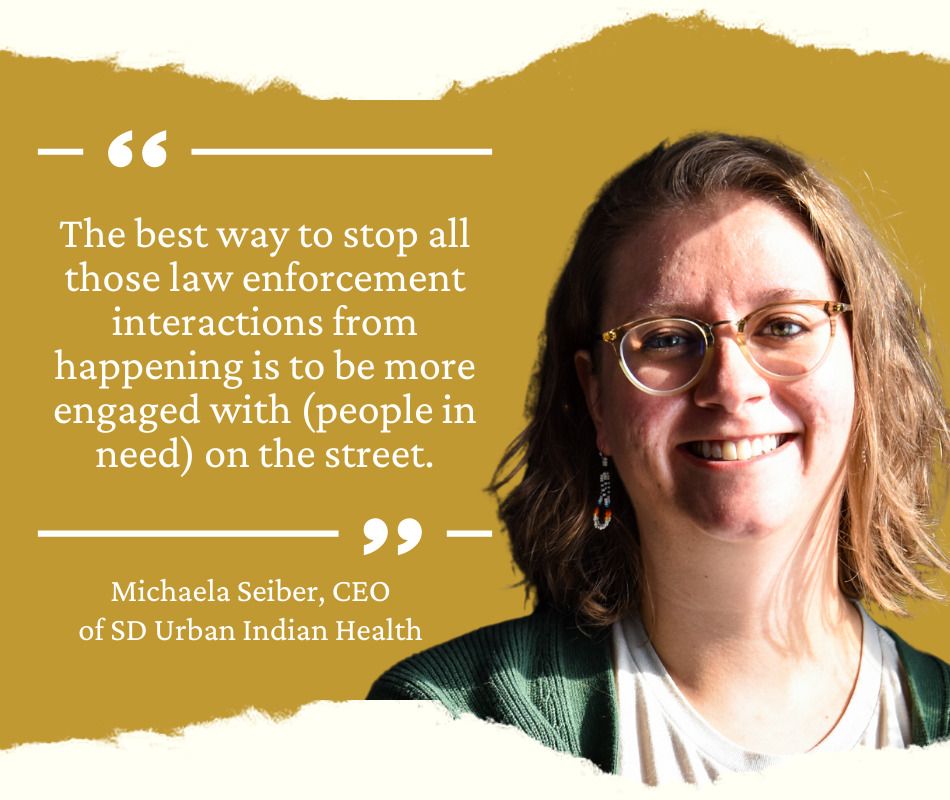
Number of homeless in South Dakota up 50% over 5 years
The latest point-in-time homeless count by the South Dakota Housing for the Homeless Consortium – conducted on Jan. 25, 2022 – put the number of homeless individuals in the state at 1,389, up nearly 50% from five years ago (955 in 2017).
The Rapid City count was 458 (up 53% from 2017) and Sioux Falls was 407 (up 26%). These numbers are generally considered undercounts because of the challenges of finding and identifying people without a home, especially in the middle of winter.
Native Americans, who make up 8.8% of the overall state population, comprised nearly 70% of the 2022 state homeless count, including 76% in Rapid City. Sioux Falls, where the homeless population is 36% Indigenous, according to the count, has used Rapid City and other communities as a model for “co-response” efforts to find the source of people’s struggles and funnel them to available services when they’re ready.
“What we’re finding with our staff members who have lived experience in these settings is that those relationships they form create a level of trust,” said Seiber, who grew up in Sisseton and is a member of the Sisseton-Wahpeton Oyate. “It puts us in a unique position to fill this role.”
South Dakota Urban Indian Health, which has 37 full- and part-time staff members, spent an afternoon shadowing Journey On, a street outreach organization in Rapid City, and also did a site visit in Pima County, Arizona, to learn more about crisis response efforts.
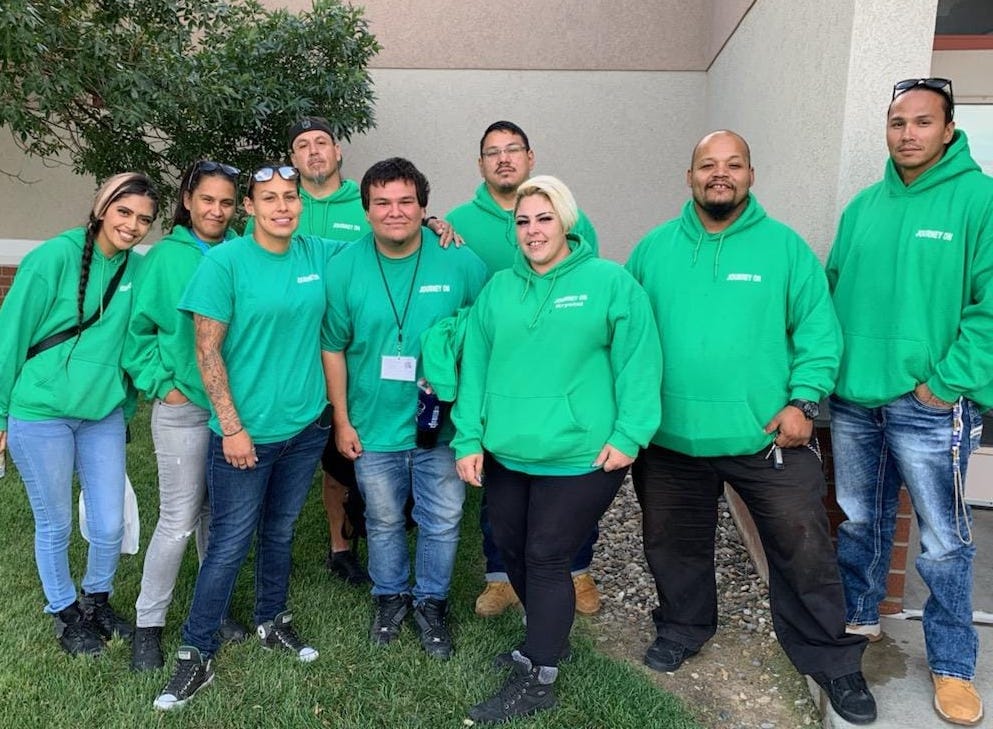
Pilot program about ‘progress, not perfection’
The Sioux Falls task force proposal came after increased complaints about panhandling at interstate exit ramps and a greater focus on indigent individuals downtown due to recent development.
“It’s no longer ‘out of sight, out of mind,’” said Rich Merkouris, a first-term city councilor who chaired the task force. “Based on what the committee has seen, we’re still in a position where we’re not overwhelmed to the point of starting to eat away at the core of the community, but people are concerned.”
Thum, who became police chief in the summer of 2021, said people can’t be arrested for holding up signs asking for money. It becomes more problematic when they do so on private property or step into traffic to solicit or receive cash from motorists.
Generally, though, he sees panhandling and public nuisance calls as symptoms of problems that can be addressed with boots-on-the-ground intervention by people who have lived on the streets or been trained in social work and cultural outreach.
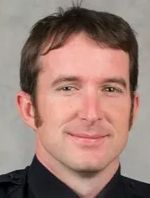
The city’s request for proposals calls for a minimum 30 hours per week. It calls for “active intervention coverage in designated areas identified by the city,” during which street outreach staffers will be expected to “engage homeless individuals in a productive, compassionate manner.” The outreach team members will direct people to behavioral health, addiction treatment or training/development programs as needed.
All interactions will be documented in the Helpline Network of Care database, an infrastructure system that allows social service agencies to share information with one other.
City officials acknowledged that the street outreach program will likely evolve over time.
“This is about progress, not perfection,” said Sweeney. “All the nuances about where it’s going to take us will be dictated in part by the people we’re trying to help. What are their needs? What will they allow us to do and not allow us to do and what are they comfortable with? In some ways, we have to follow their lead of letting us in enough to be able to assist. That’s a hard one to sketch out right now.”
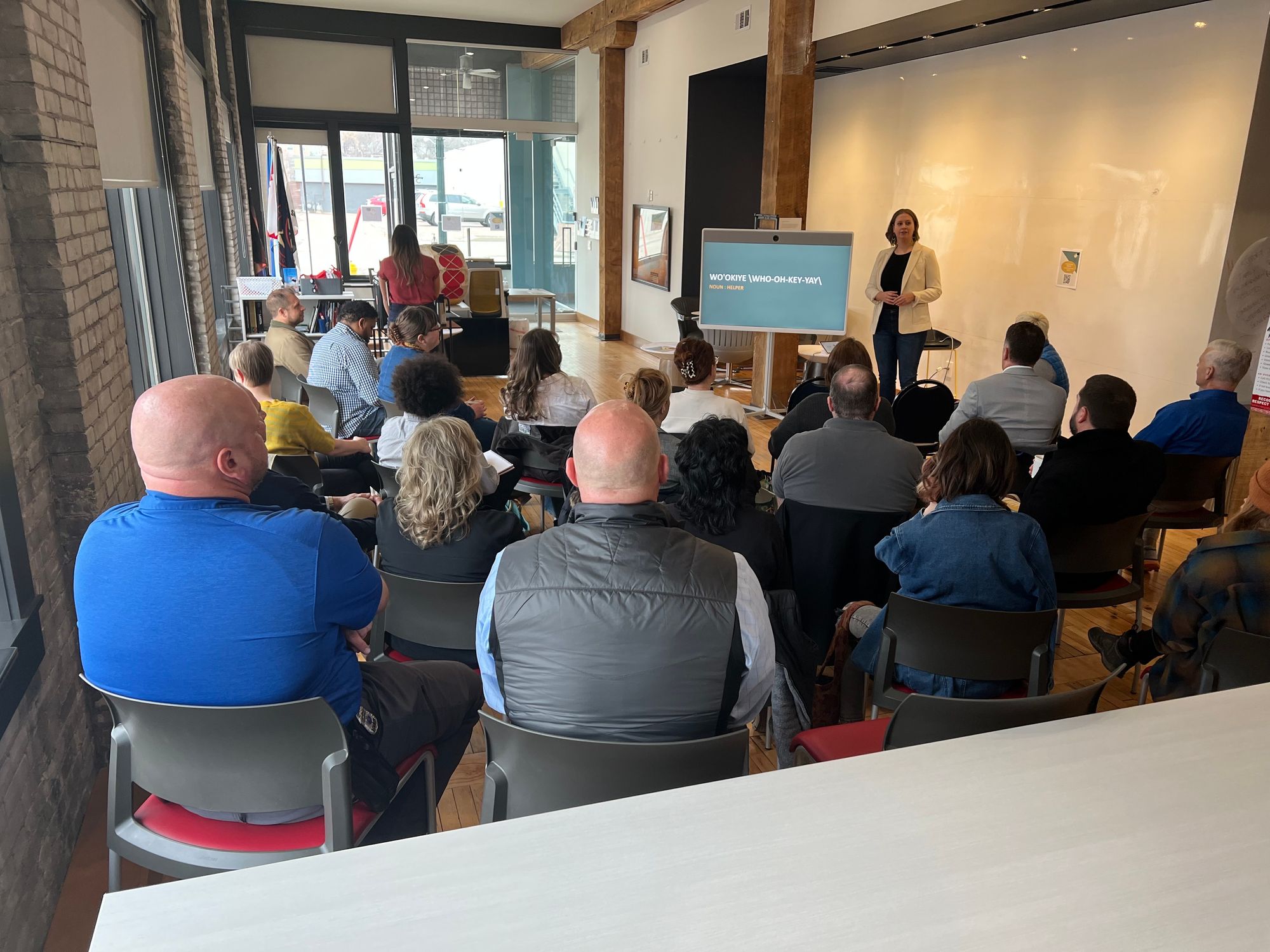
Outreach targets mental health, drug addiction in homeless population
There are about 580,000 homeless people in the United States, according to the Department of Housing and Urban Development. Nearly every major city deals with the problem in some capacity, including the recent phenomenon of tent cities or other encampments that provide temporary solutions to those in need.
In South Dakota, there’s a growing consensus that preventative measures based on mental health and drug addiction counseling are the best way to proceed, with public-private partnerships allowing for a more specialized and targeted approach.
Rapid City opened its Care Campus in 2019, a “one-stop shop” facility that offers detox, crisis care and mental health treatment. Pennington County Health and Human Services teams up with groups such as Safe Solutions, which provides overnight accommodation for intoxicated individuals who might be turned away at some homeless shelters.
Sioux Falls followed in 2021 with The Link, a community triage center designed to help people facing a non-violent behavioral health crisis or substance abuse problem. It provides 24/7 access to support services through a partnership between the city and Minnehaha County along with the Sanford Health and Avera Health systems.
As homeless numbers increase, however, finding enough trained staff to make a difference has proved difficult, putting more pressure on law enforcement. The street outreach strategy involves city governments contracting with private groups that work with displaced people to try to gradually integrate them into society or merely keep them safe from harm.
Street outreach makes impact in Rapid City
Journey On, the non-profit organization formed in Rapid City in 2019, tries to address rising friction between predominantly Native American unsheltered individuals and local businesses, which has sparked confrontations with law enforcement.
The organization has 16 team members, all of them Indigenous and many of them experienced with homelessness themselves. They hit the streets in four vans wearing signature green apparel to forge connections in the interest of public safety.
Calls to Journey On range from local businesses letting them know about an intoxicated person in an alley or a concerned resident pointing out a mother and children who are not equipped to be out in the cold.
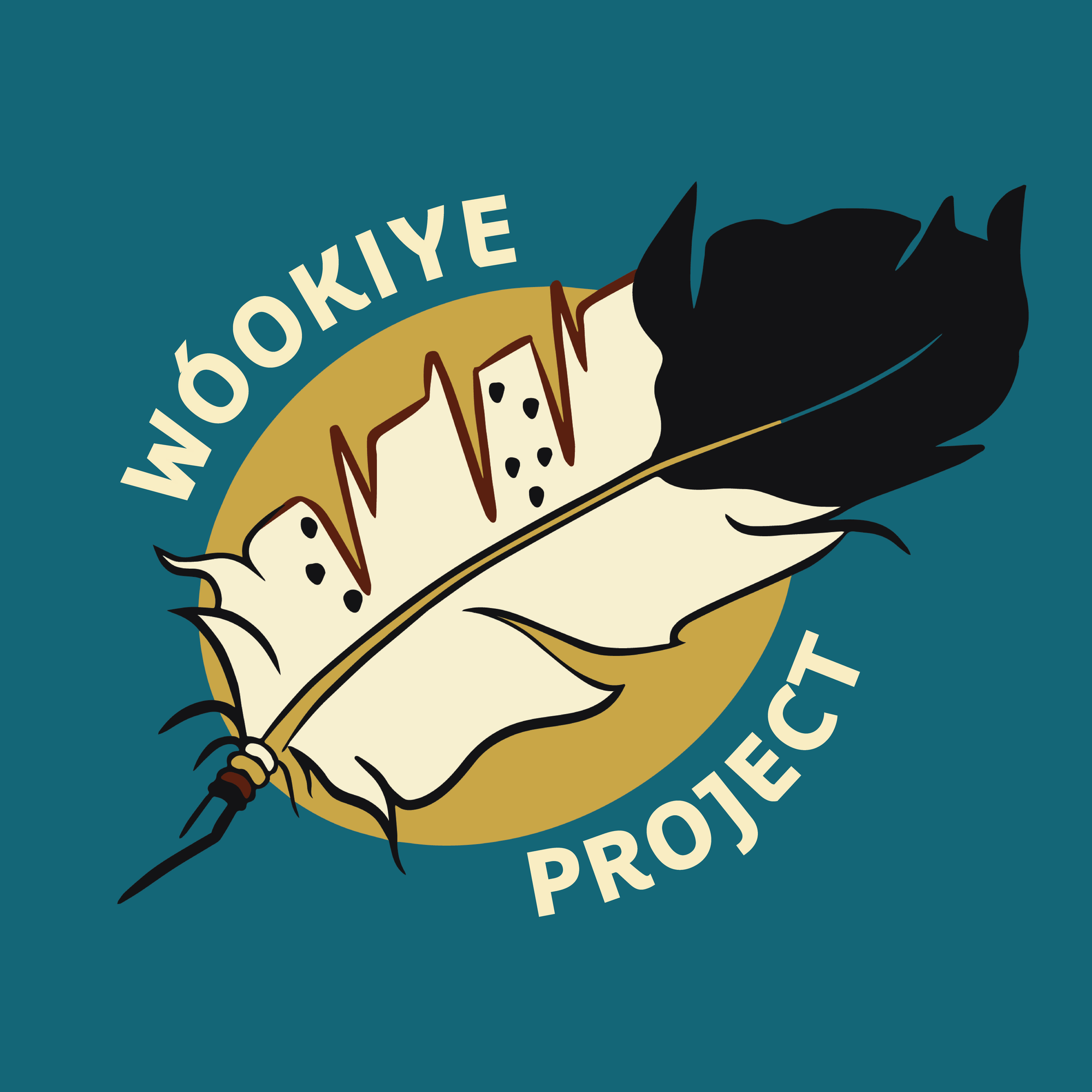
“We go into the community every day to identify people who are unsheltered or vulnerable,” said Rich Braunstein, outreach director for Journey On, which entered a contract with the city in January 2022 that also involves Volunteers of America.
“We initiate those contacts. We’re not sitting in a station waiting for a call. We try to build a relationship of trust, visiting with them again and again and again until they’re willing to accept services.”
The Wo’Okiye Project in Sioux Falls will follow that basic model while developing its own methods. The street outreach concept is a work in progress, Seiber acknowledged, with community leaders expressing concern about a lack of affordable housing that can help integrate homeless people into society rather than providing merely temporary services.
“There’s a hesitancy from folks we talk to because they don’t know what to do after the outreach happens,” said Seiber, who became Urban Indian Health’s CEO in February 2021.
“There are still so many other resources that are needed. There’s excitement that we have an opportunity for this research, but what comes next? Those are questions that still need to be addressed.”

